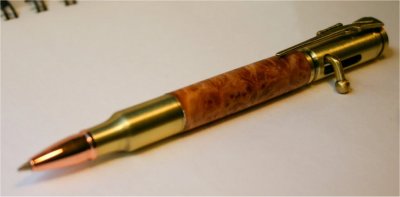Perfect Aquarium, Hospital Tank, or Quarantine? Everything Perfect to Make or Keep Fish Healthy
There are a few essential criteria for improving fish health and if you’re not already “doing it thusly” perhaps it’s time. There are TONS of ways to “do it right” but the following is how I treat fish, and house my tropicals. Goldfish benefit from all the same. At my house, this isn’t just for hospital tanks. This is exactly how I keep my community tanks.
A Perfect Environment? | |
For fish to recover from diseases and disorders they should experience minimal crowding, clean, pH-balanced well aerated water, good food and hiding places. Subtle differences exist in pH requirements among fish but the regular hobbyist will do fine with 'neutral'. |
|
To provide the ULTIMATE in hospital / treatment tank water, sponge filtration is THE BEST. | |
Sponge filtration is great because it won't suck up the fish, not even baby fish. And it colonizes super fast and it's easy to clean. It runs with an aerator, not electricity. So the "power" is OUTSIDE the tank. Better still, that makes the tank essentially 'silent' but very well aerated. Because the aerators are sometimes noisy, I hide the aerator and run a long supply line to the tank. At home, I run an Aquascape Pro Air 60 with a supply line from outside the house. | |
You have to get air from the air pump gang valve to the filter. I really, really like silicon airline tubing and if you haven't used it, you're in for a treat because it has no memory and so when it unrolls is straightens out, and drapes, instead of trying to roll back up. | |
78 degrees is good for any fish recovering from an illness and accelerates clearance of white spot. 78 degrees also bolsters the fish immune response to fungal infections. | |
The system you put the fish into has to have biologically active media - beneficial germs that digest nitrogen. It's easy to get these from a healthy system already at equillibrium. Even the pet shop may spare you some media-squeezings. At right, click the button to read about how to "bio-seed" a new system. | |
There are tons of ways to bring and hold a pH to "neutral" which is the "important" thing. My preference, among LOTS of good ways to peg the pH, especially in a hospital or quarantine, is SeaChem's Neutral Regulator. | |
So you set up a quarantine or hospital facility and you're seeing cloudiness in the water, and some cloudiness is okay if it's mineral haze but if it's bacterial you need to knock it down. You can use a water clarifier which works AMAZINGLY with a sponge filter as above. In tanks, the one at right (Accu-Clear) is the best. | |
A substrate in a fish tank or hospital tank also colonizes with beneficial bacteria and is a welcome sight to sick fish. I left gravel behind in my tanks about 6 years ago and never looked back. I use black sand. I've used black Fluorite. It's good too. The thing about black sand is that it intensifies colors in fish and it doesn't coagulate a bunch of fish poop. I get little snowdrifts of fish poop SOMETIMES but normally the poop gets swept up into my sponge filters. | |





